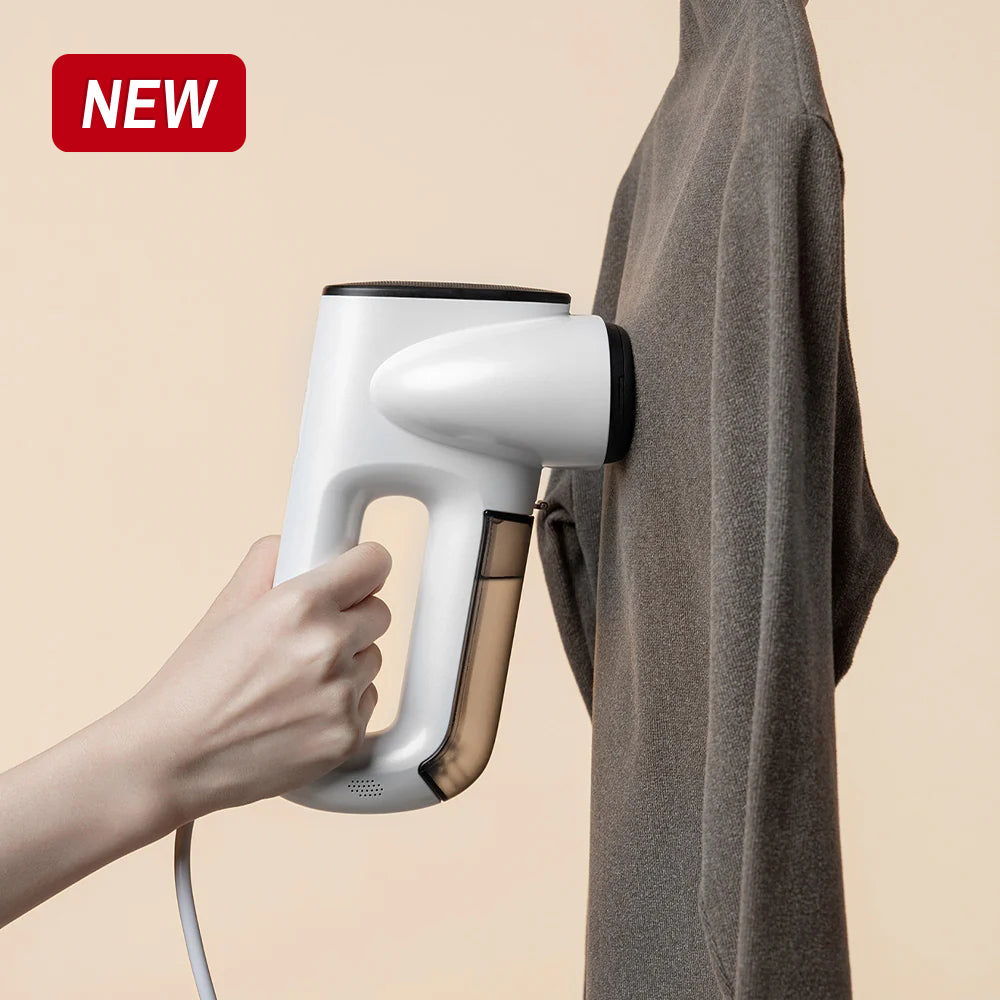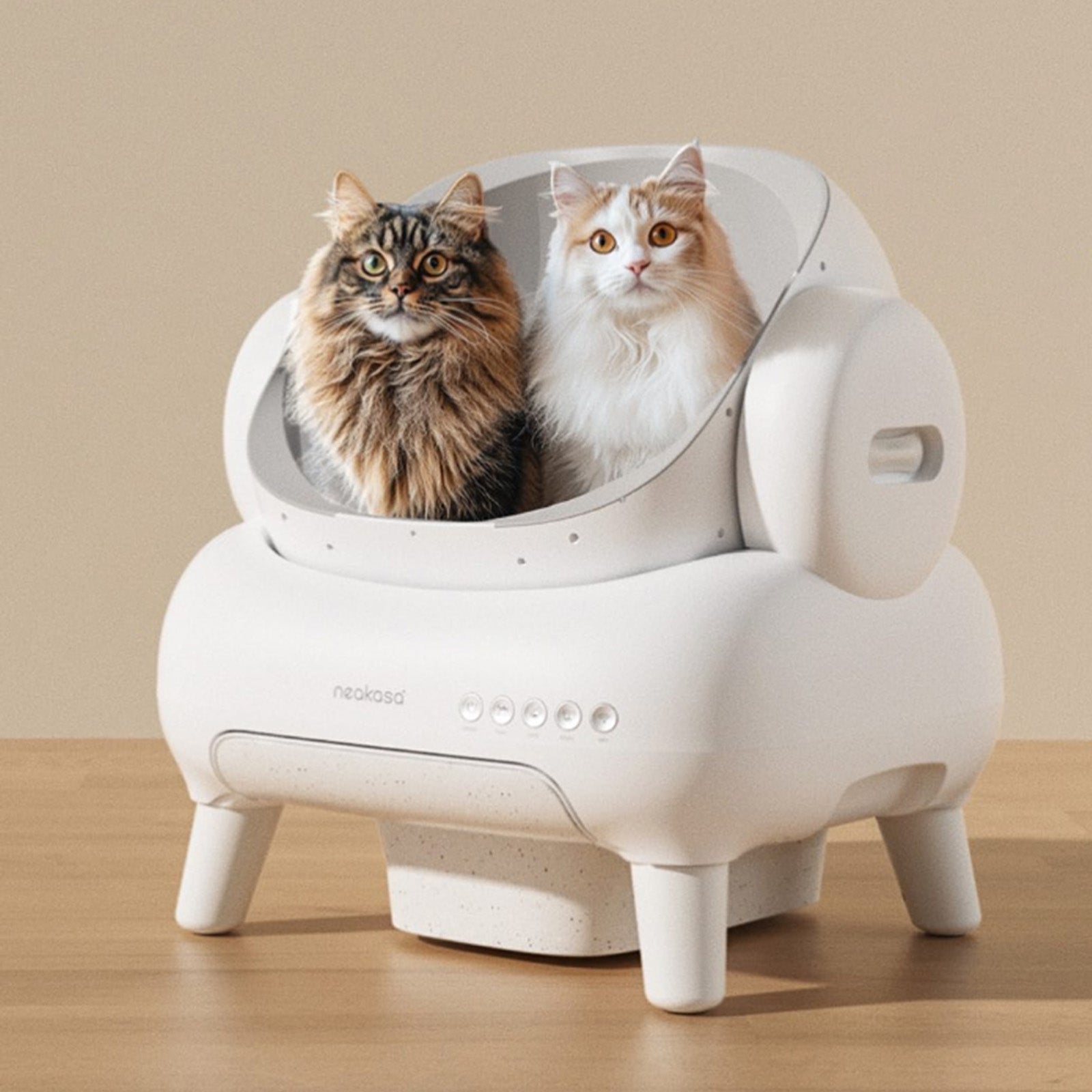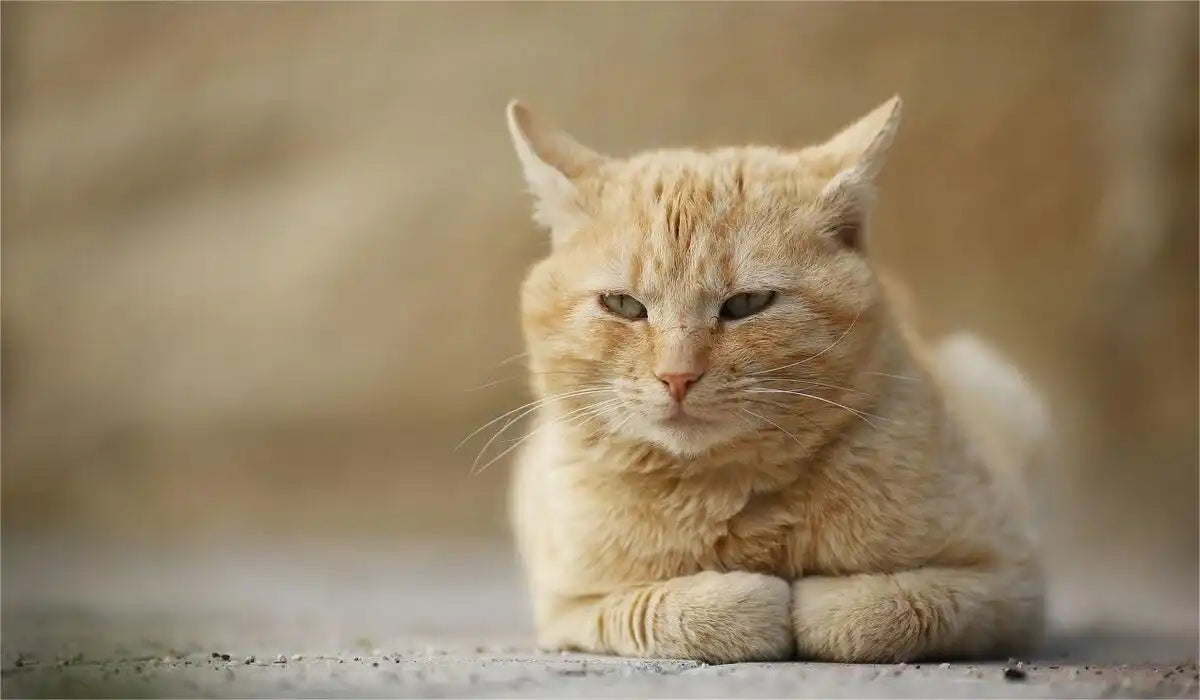
Litter box problems are one of the most common challenges faced by cat owners. These issues can stem from a variety of reasons, but with the right knowledge and tools, they can be effectively managed. In this blog post, we'll explore the most common litter box problems, why they occur, and practical solutions to address them.
Common Litter Box Problems
1. Insufficient Litter Boxes
- Problem: In households with multiple cats, having too few litter boxes can lead to territorial disputes and avoidance issues.
- Solution: Follow the rule of one litter box per cat, plus one extra. For example, if you have two cats, provide three litter boxes. Place them in different locations to give your cats plenty of options and prevent territorial disputes.
2. Poor Location
- Problem: Cats need privacy and a sense of security when using their litter box. High-traffic or noisy areas can deter them.
- Solution: Position litter boxes in quiet, accessible places where your cat feels safe. Avoid placing them near loud appliances or in areas with heavy foot traffic.
3. Unfavorable Litter Type
- Problem: Cats can be picky about the type of litter. Some cats are sensitive to the smell or texture of certain litters.
- Solution: Offer multiple types of litter in different boxes to determine your cat’s preference. Generally, cats prefer unscented, clumping litter with a fine texture. Once you find a litter they like, stick with it to avoid future issues.
4. Dirty Litter Box
- Problem: Cats are fastidious creatures and will avoid using a dirty litter box.
- Solution: If not cleaned regularly, the smell and mess can deter them from using it. Scoop the litter box at least once daily and change the litter completely once a week. Clean the box with unscented soap or baking soda to keep it fresh.
5. Medical Issues
- Problem: Health problems such as urinary tract infections or arthritis can make using the litter box painful.
- Solution: Always consult a vet to rule out any medical conditions if your cat starts avoiding the litter box. Addressing the underlying health issue can often resolve the litter box problem.
6. Stress and Anxiety
- Problem: Changes in the household, like moving or introducing a new pet, can stress cats and cause them to avoid the litter box.
- Solution: Provide a safe and quiet area for your cat with their litter box, food, and toys. Use calming products like pheromone diffusers or treats if necessary.
Preventive Measures
1. Regular Maintenance
Keep the litter box clean by scooping daily and washing it weekly. This prevents odors and keeps the box inviting for your cat.
2. Proper Placement
Ensure litter boxes are in quiet, low-traffic areas where your cat feels safe and can see any approaching threats.
Avoid placing them near food and water bowls to prevent litter from being tracked into the food or water after your cat uses the litter box, which can contaminate the food and water and affect your feline friend's health.
3. Choice of Litter
Use clumping, unscented litter with a texture like Neakasa cat litter that your cat prefers. Stick to a litter type your cat prefers. If you need to change litters, do so gradually to minimize stress.
4. Adequate Number of Litter Boxes
In multi-cat households, provide one litter box per cat plus an extra. This reduces territorial conflicts and ensures each cat has access to a clean box.
5. Monitoring Health
Regular vet check-ups can help catch and treat medical issues early, preventing them from becoming litter box problems.
Helpful Recommendations
1. Litter Mats:
To prevent litter from being scattered all over your floors, consider placing mats around the litter box. These mats are designed to trap litter particles that may cling to your cat’s paws as they exit the box, reducing the amount of litter tracked throughout your home.
Opt for mats with a textured surface, such as those made from foam or rubber, to effectively catch and hold the litter. Additionally, regularly clean and shake out the mats to maintain their effectiveness and ensure a clean environment for both you and your cat.

2. Self-Cleaning Litter Boxes:
For those who find the routine task of cleaning litter boxes unpleasant or challenging, the Neakasa M1 self-cleaning cat litter box offers a convenient alternative.
This high tech automatic litter box automatically scoop waste into a sealed compartment after your cat uses them, significantly reducing odor and the need for daily maintenance. The Neakasa M1 comes with features like safety sensors, large capacity waste bin, and odor control system to ensure your cat's comfort and hygiene and keep your home smelling fresh.
With its modern design and ease of maintenance, the Neakasa M1 helps you maintain a cleaner home environment and spend more quality time with your cat rather than dealing with litter box upkeep.
Conclusion
By understanding and addressing these common cat litter box issues, you can create a more pleasant and stress-free environment for both you and your cat. Regular maintenance, proper placement, and attention to your cat's preferences are key to preventing problems and ensuring your cat uses the litter box consistently.









Leave a comment
This site is protected by hCaptcha and the hCaptcha Privacy Policy and Terms of Service apply.